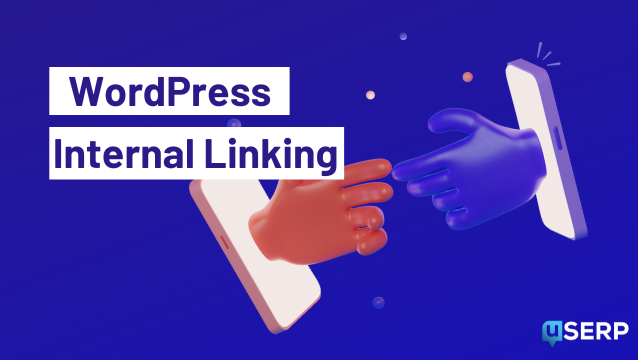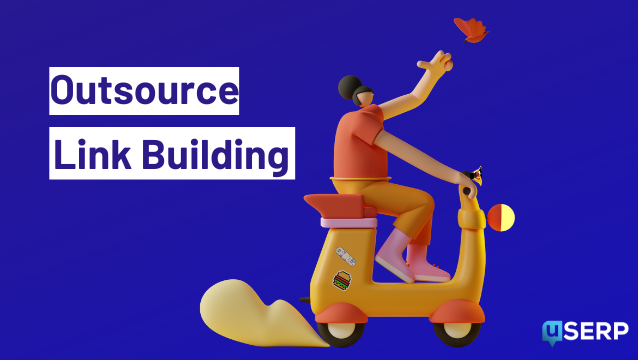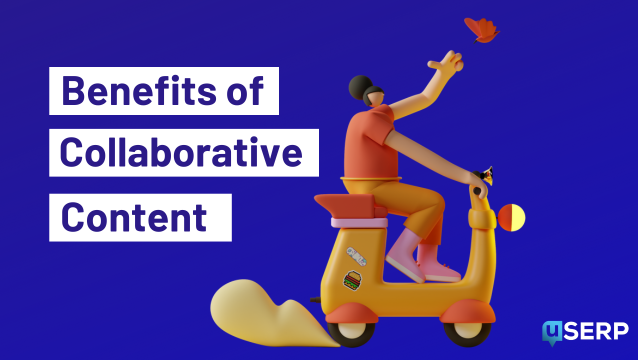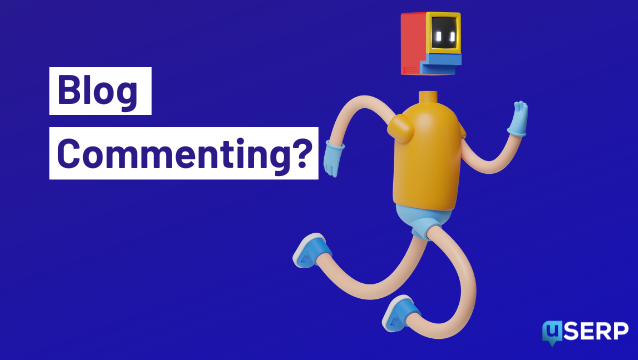Writing an optimized blog post takes time, patience, and a lot of research. Right from selecting a captivating topic, gathering information around it, creating the first draft, doing rounds of iterations, to finally publishing it, you need to cover a universe of tasks. The pressure of gaining more traffic makes it even more intense.
Well, the key to combat this pressure is Search Engine Optimization. You can find excellent optimized SEO blog examples for business on the web to get an idea of how it should look like.
When marketers aim at writing content that will rank higher on Google, SEO acts as the bridge that helps them get there. Let’s have a look at some of the tips that help writing SEO-friendly content.
1. Focus on Evergreen Content
Being a marketer, the reason why you must focus on writing evergreen content is that it will remain relevant all year round. Such contents are usually long-form articles, written in high-quality, which means they tend to rank higher on Google’s SERP. Since the content is timeless, it is more likely to be informative as it’s created around the topic that stays fresh forever among all kinds of audiences.
Search engines prioritize user experience above all. Evergreen content lowers the bounce rate, which indicates that it adds value to the readers. Content that is written to survive forever receives more social shares in comparison to the trending topics. Since you do not require updating your content on a regular basis, unlike time-sensitive and seasonal content, it saves you a lot of time and resources.
If you are wondering what categories fall under evergreen content, here’s a quick insight.
- How-to Guides
- Pros and Cons List
- Top-Tips & Checklists
- Best Practices Articles
- Recipes & Cooking Tips
- List of Free & Paid Tools
- Step-by-Step Instructions
- What to Avoid & Common Mistakes
Apart from that, topics such as weight loss, finance and investment, health and wellness, sports and fitness, travel and leisure, jobs and career, parenting and baby care, etc., stay forever, so you can create long-form content on any of them to gain higher-rankings.
2. Republish Old Content
The content that you have published on your blog a few months back is already optimized, so you don’t have to invest much time polishing it. By updating the old content, you can get the search engine to crawl your site without publishing new articles often. This is a powerful strategy that enables your blog to stay active when you have no time to write something new.
For instance, if you have a custom where you create and sell custom products, there are bound to be some blog posts from the past that might have been a bit outdated due to changes in creation technology. If so, you can update the information and republish the content.
The more Google crawls your blog, the more it will display your recently published articles which will give some advantage in search engine rankings. This way, Google will get the chance to index your site more often, which is even good for you as well as your writings. Since Google scans the entire website to find your most recent updates, updating or republishing your blogs is a great idea to make your website more SEO-friendly. You can use both your in-house resources and external 3rd party tools such as an AI writing platform to update or republish your blog.
Moreover, it doesn’t make sense to craft a fine piece of content and let it die in a couple of months. Don’t forget to update the content to eliminate any discrepancies and update the statistics, if required. You can also add backlinks, internal links to another post, or external links to authority websites for better SEO.
3. Include Friendly URL Structures
Google bots prefer structured URLs as they can easily crawl pages throughout the website. A structured hierarchy of URLs makes it easier for new pages to get indexed and display faster in the Google SERP. Another benefit of including SEO-friendly URL structures is that the updates and changes to the existing web pages are indexed in less time.
Optimized URL structures enable users to promote the website and its content simply by sharing links to social media channels and other sites. If you wish to make changes to the existing URL structure of your site, ensure to do it initially during the website design process or while restructuring the layout.
What if you redesign the website or migrate to a new platform? Its URL structure will also change; therefore, it’s recommended to strategize how the links will appear to the website’s human and non-human visitors, such as bots. Using keywords in domains is also considered a ranking factor.
4. Add Relevant Images
Images contribute to the search engine optimization efforts by increasing reader’s engagement on the website. Having relevant images that can explain the context of your blog in a single go is crucial. Do you know you can also optimize the images on your blog as you do with the content? There are several factors that help you improve your image SEO score.
Since having relevant images is important, finding the right image is equally imperative. However, if you are using the web to download images, always ensure to pick the free images only. You must always double-check the image information to ensure it is not copyright protected. If not, you might infringe on someone’s copyright and receive cease-and-desist letters from the copyright owner or lawyer.
Image reverse search is a perfect way that can help you to get this job done. It is the easiest way to find high-quality images that don’t have any copyrights. Moreover, you can also search for similar pictures or the source of a picture using image search technology.
Also, do not use large images and scale the selected picture so that it does not affect the page load speed. Heavy images make your webpage sluggish, which results in slow downloads and impacts the SEO value. Scaling and resizing the image not only involves adjusting width and height but also optimizing the overall resolution for better results.
5. Use Long-Tail Keywords
Long-tail keywords are focused on a specific niche and are usually three or more words long. These keywords provide more targeted results with well-defined searched phrases. They rank easily in search engine results listings because of relatively low competition and are considered helpful in rendering long-term SEO benefits.
You can make your content more user-centric by using long-tail keywords as the people who search for that particular keyword knows what they want. This usually results in better conversion rates as the content is precisely targeted to the audience’s needs. Long-tail keywords are usually location, age, season, trend, or domain-specific, so they help increase your content visibility on Google and other search engines.
For example, if you write content on the keywords’ best web design company in colorado’ or ‘web design company in Kansas’ or ‘custom live edge tables‘ or ‘Kansas City software development company‘, your blog is more likely to appear in the Google list when someone searches for these keywords. Long-tail keywords help to optimize the blog considering the specific audience’s interests.
6. Optimize Content for Mobile Devices
Due to the smartphone revolution and a mobile device in each palm, content optimization for mobile has become a norm. The majority of searches come from smartphones, so it becomes imperative to optimize the site’s content for mobile devices to reach the audience where they are. If your site is not optimized for mobile, it can be detrimental to your website’s marketing efforts.
Having a mobile version of your website ensures that it will work flawlessly on mobile devices, whereas optimizing it for mobile search reformats it for smaller screens. It improves the user experience while ensuring that the website is accessible and easy to navigate on mobile phones.
When the website meets mobile standards, it loads quickly on every smartphone, regardless of the operating system. With a mobile-optimized site, users are more likely to engage with your blog as they find it easier to navigate to another section or click any link without zooming in excessively.
7. Place Keywords Strategically Throughout Content
Keywords help to target high-quality traffic, and building the right keyword strategies helps run winning SEO campaigns. While it’s important to select highly relevant keywords, it is equally important to place your keywords strategically through the content.
Apart from the content itself, keywords can be used across page titles, meta descriptions, images, subheadings, etc., for better optimization. Make sure to use the keywords in the page title for technical SEO as it describes the subject of the page to its readers. You can customize your page title to improve your search ranking potential.
Using the keywords naturally in the meta description allows Google to understand how relevant your content is to the provided key phrases. Moreover, placing the keyword in the subheading will make your content easily scannable.
8. Optimize Meta Descriptions
Meta descriptions are one of the essential components of the content and an important ranking factor. Because meta description is displayed on the Google search results listings, just below the blog title, it helps readers understand the relevance of the content to their search intent.
The visitors can decide to read through or skip the content right by reading the meta description. It is important to use the keyword, preferably long-tail, in the meta-description to make it more aligned to the search query. The description should be interesting and informative such that it can encourage readers to click and read it.
Creating a powerful meta description will help optimize your blog as per the latest SEO guidelines, making it click-worthy. Always keep in mind that meta-descriptions must be short and crisp as it allows you to convey your message in 155 to 160 characters maximum. Similar to optimizing the meta description, it’s important to optimize the length of the blog to make it captivating.
9. Link to Internal Content
Internal links are useful from an SEO perspective as they link one page to another on the same domain. These links help you create more SEO-friendly blogs as they allow users to easily navigate the website. In addition, they help establish the information hierarchy and spread link equity around the site.
Links that are assigned within the blog to link it to another blog within the website increase customer engagement. Customer engagement examples can include links to case studies or testimonials that showcase how your products or services have positively impacted customers. These real-life examples help build trust and credibility, encouraging readers to explore more and engage with your brand. Readers can jump from one blog to another blog for more descriptive information. It is important to create a robust internal linking strategy by understanding its importance in SEO.
For a strong internal page linking strategy, you need to learn the relevance, relationship between pages, and value of the pages. While writing content and linking it to another page, it is important to know what exactly is written on the page you are directing the readers to.
10. Put Authority Backlinks
Link building gives your blog credibility and improves your SEO efforts exponentially. Authority backlinks give a signal of quality to Google or other search engines and help in increasing the traffic to your website.
Quality backlinks carry the significant weight that increases your website’s ranking in SERP.
A link placed on an authority website can result in directing an abundance of referral traffic to your blog.
Providing links on the authority websites can help you with branding while establishing trust in customers. It gives recognition to your website, but keep anchor text diversity in mind as Google does not like sites that use the same anchor text repeatedly, so use branded anchors for high-quality link profiles.
11. Keep Tabs on Metrics
For making your blog post more SEO-friendly, it’s important that you keep a close track of the key metrics. You can use Google Analytics and Google Search Console to trace all influential SEO metrics around your blogs. Apart from that, you can check how well your website is performing on a list of keywords in your niche.
When it comes to metrics, make it a routine to check organic traffic, which is the traffic that you gain from your SERP appearance. You can also track the volume of visitors that are coming through the landing pages or from a particular location.
In addition, other metrics that you can check include organic bounce rate, organic conversion rate, top-performing pages, etc. Free and paid metric trackers allow you to check the click-through rate along with the breakdown of organic traffic from various search engines and social media channels.
Conclusion
Implementing the above-mentioned SEO tactics will help you create more optimized content. Now you need to create a checklist of best SEO practices considering the details mentioned in this article to determine if you have incorporated them in your next article. Once you are done drafting a blog, proofread it twice, optimize it, and you are all set to publish it online.
- How to Make Blog Content More SEO-Friendly - September 3, 2021









